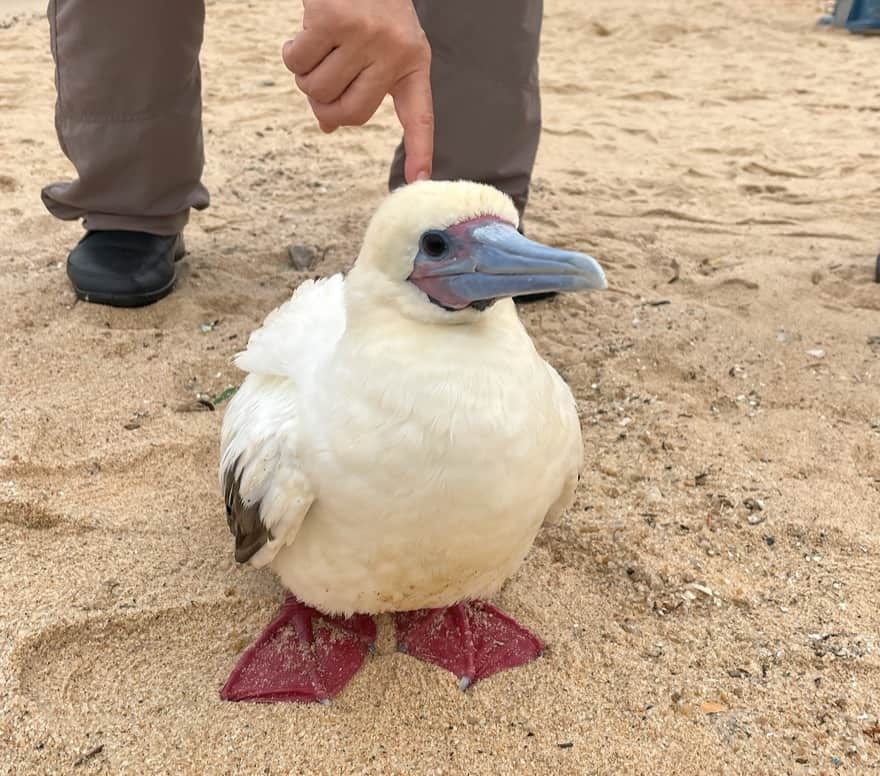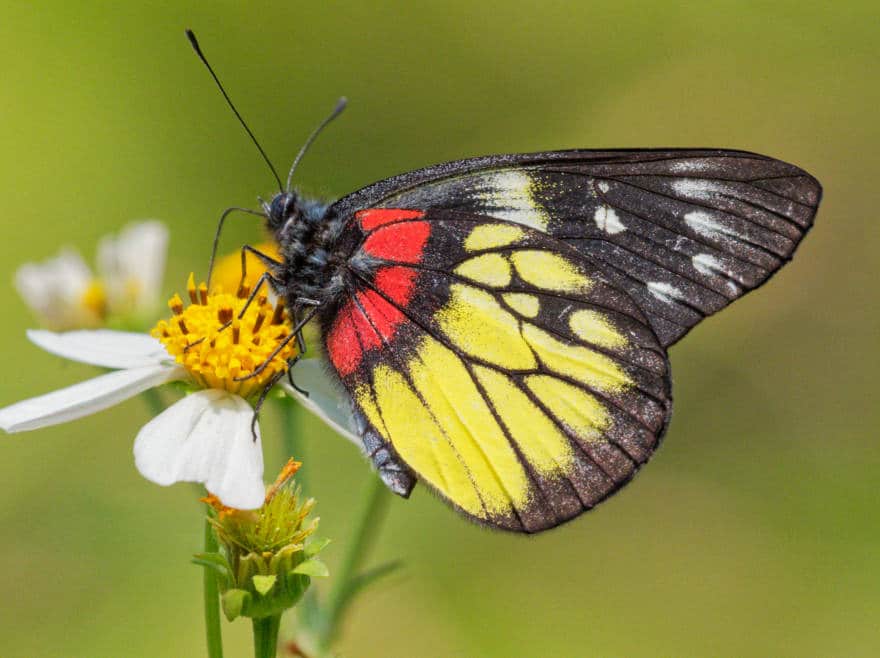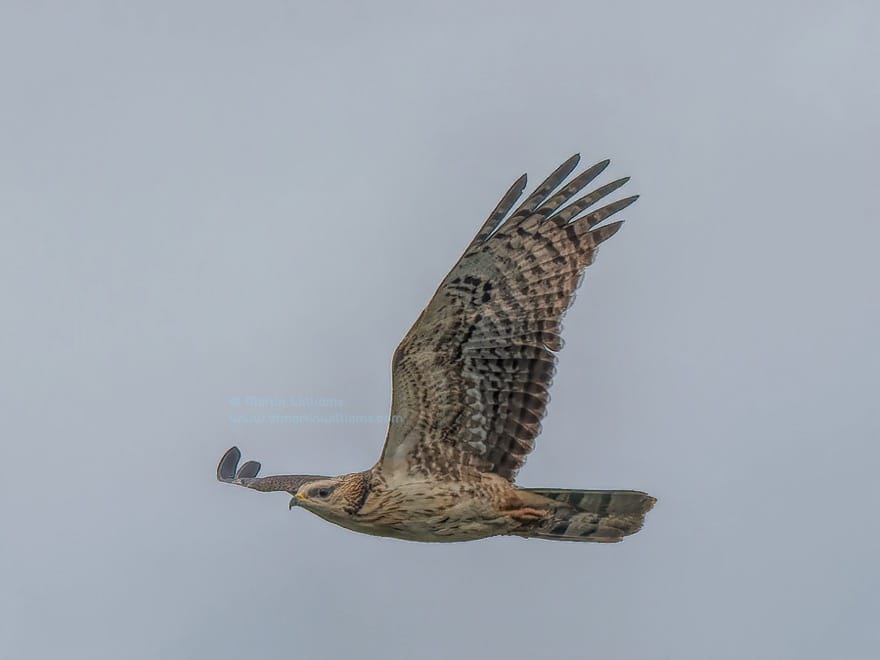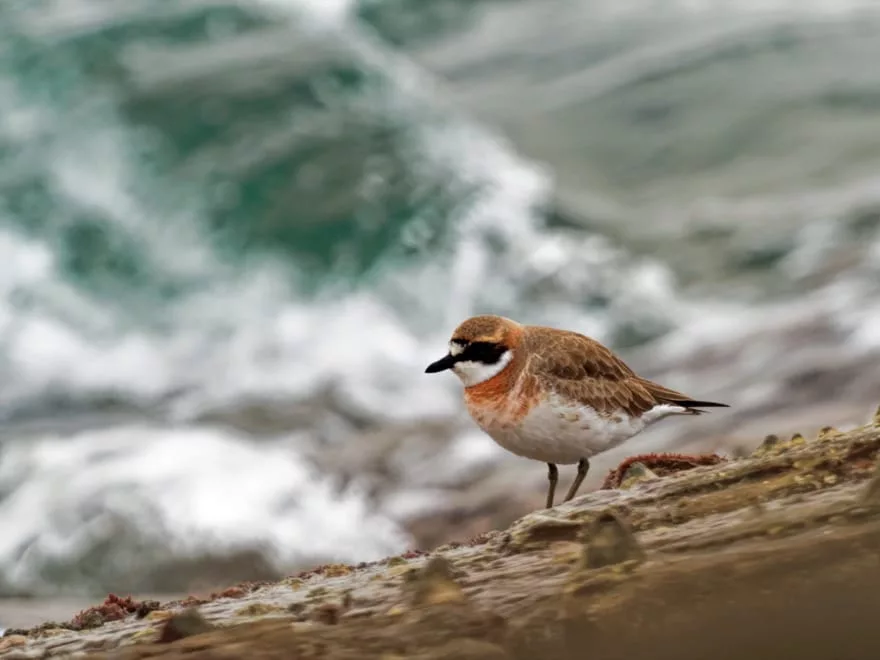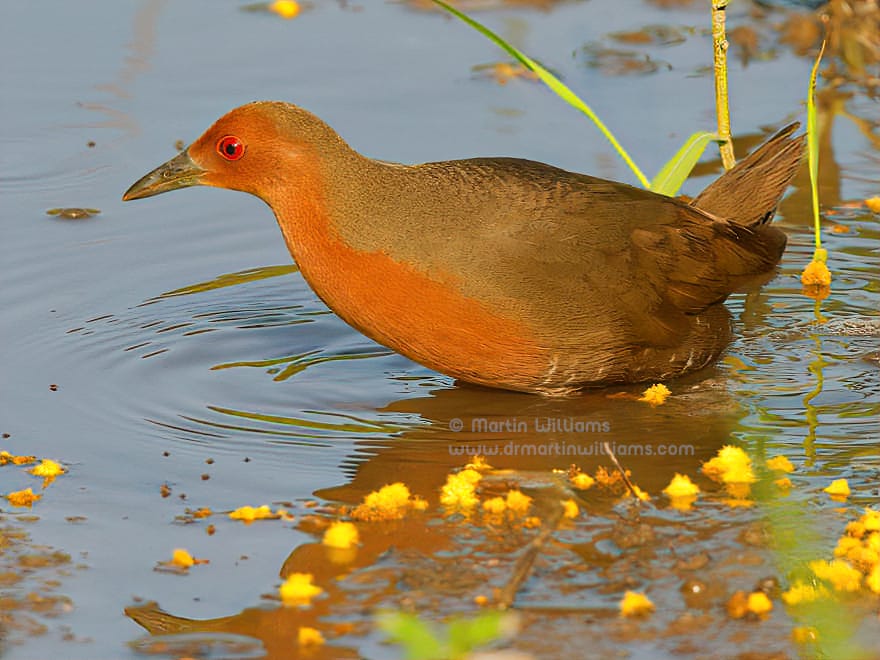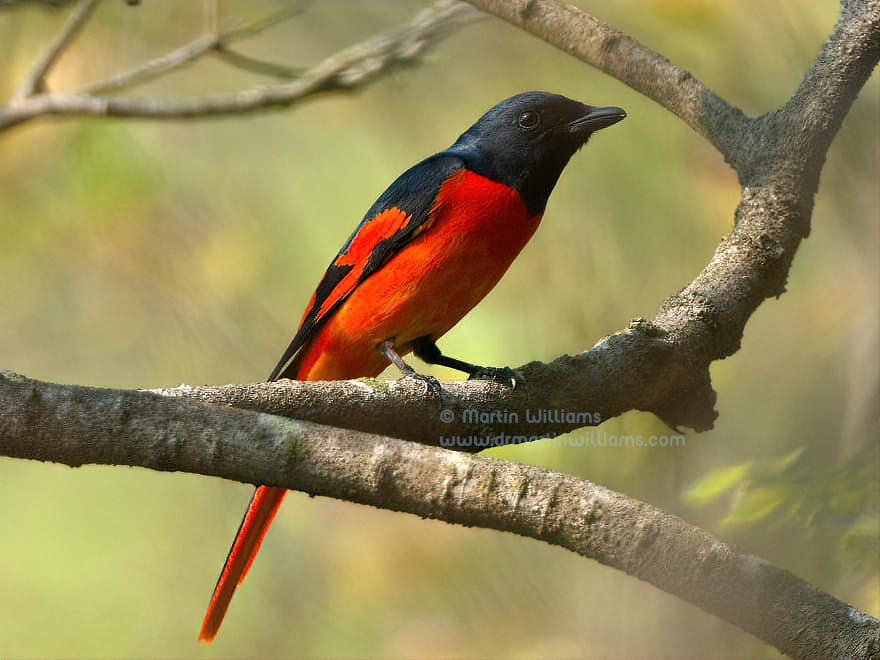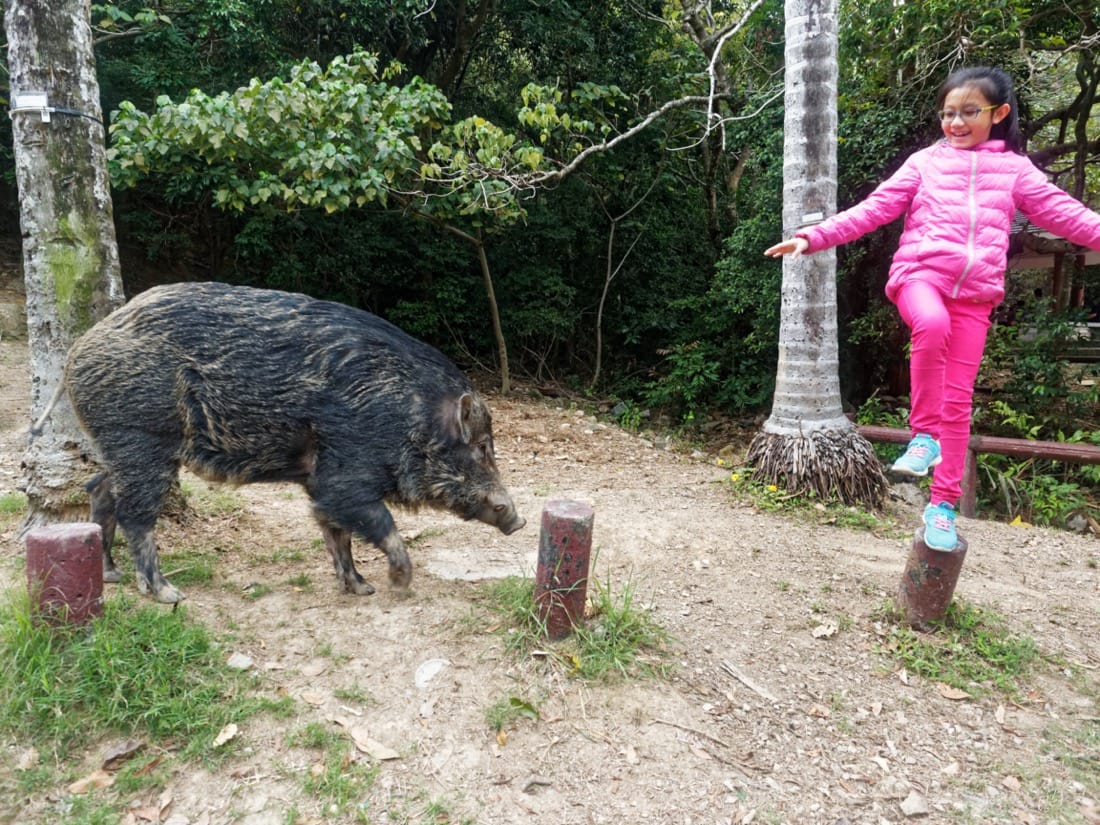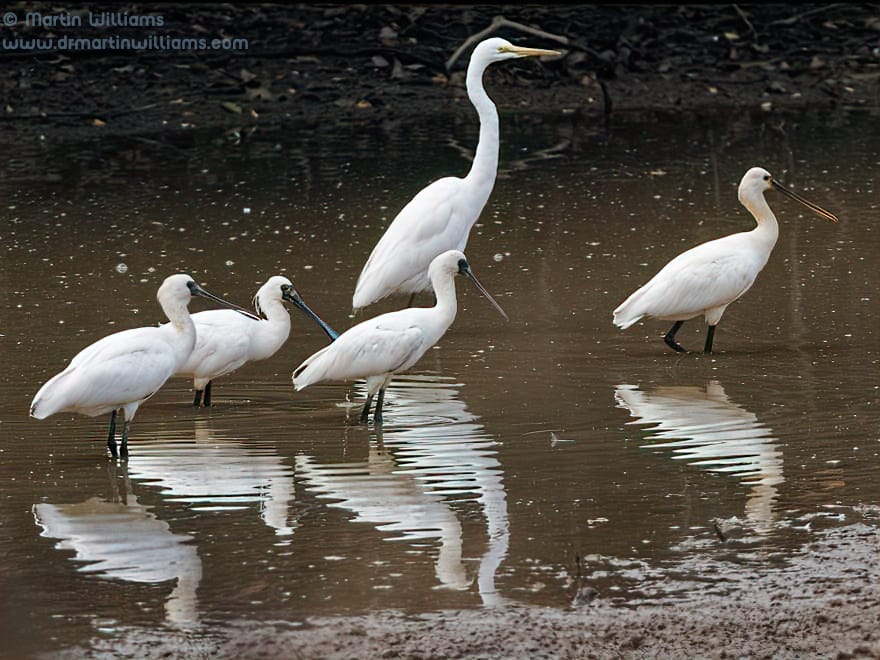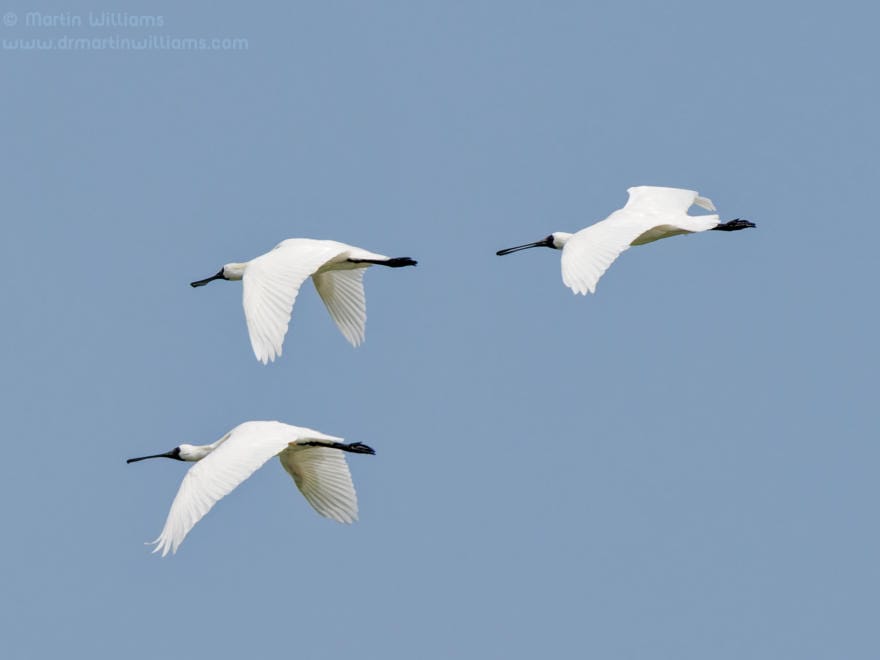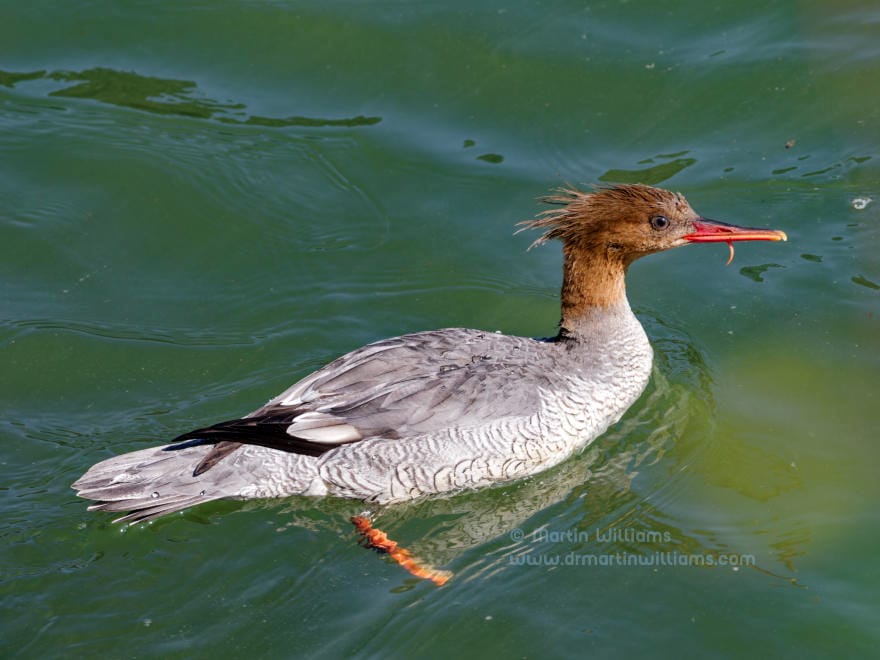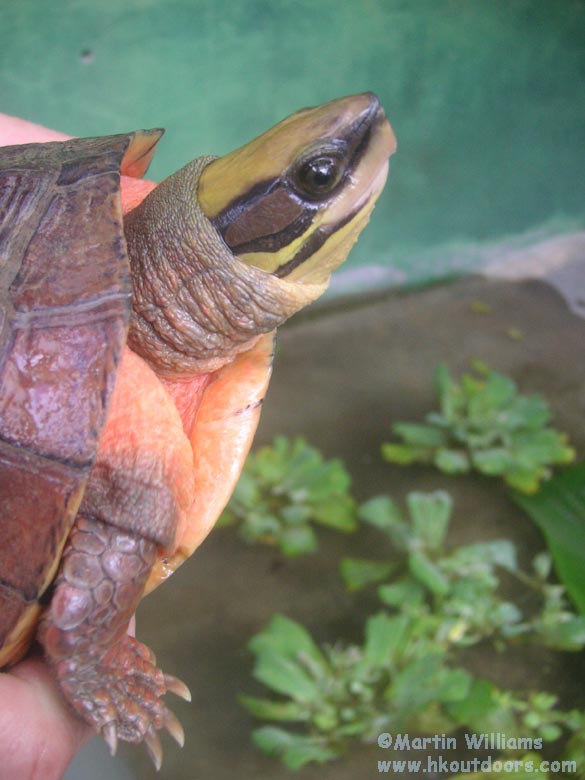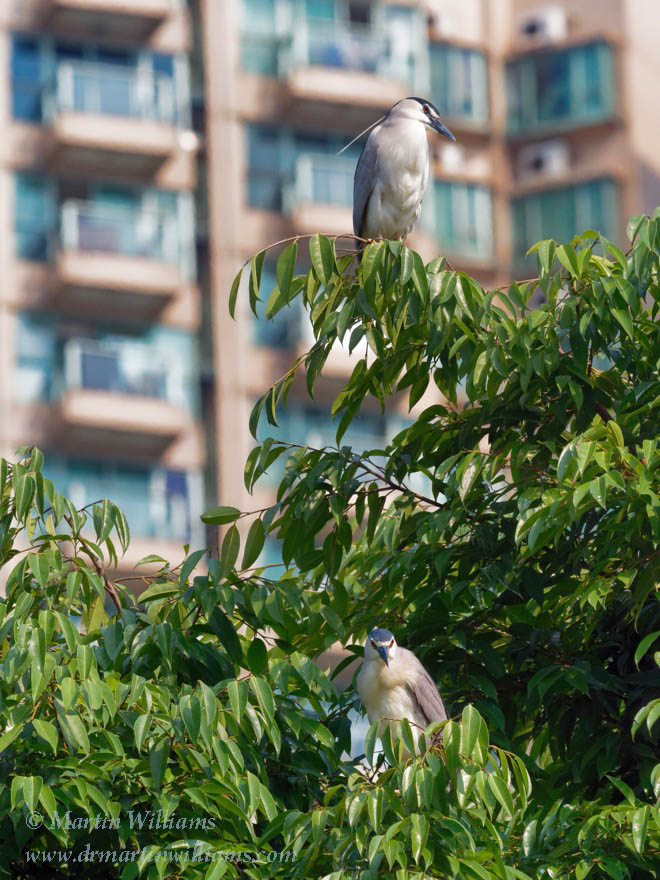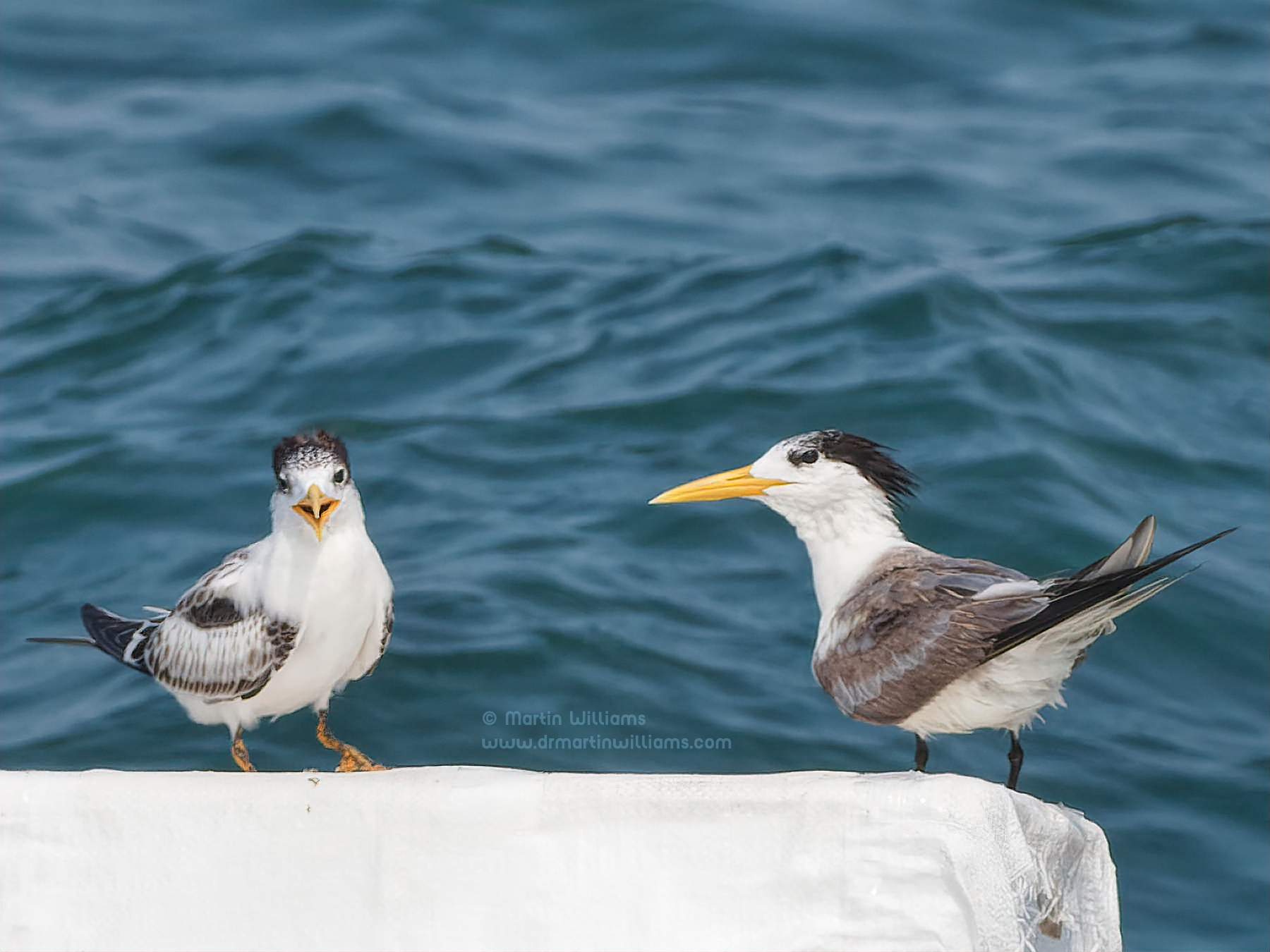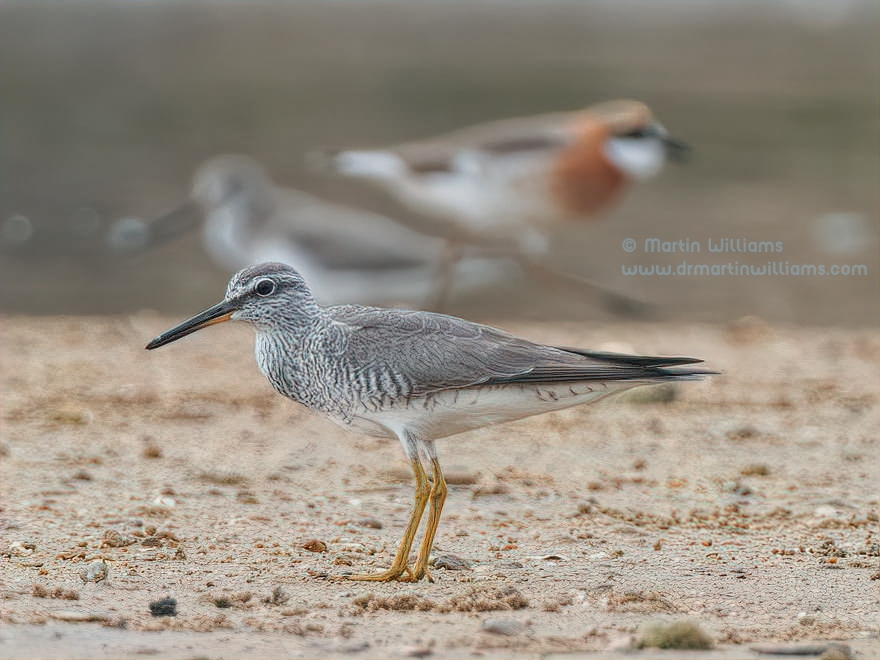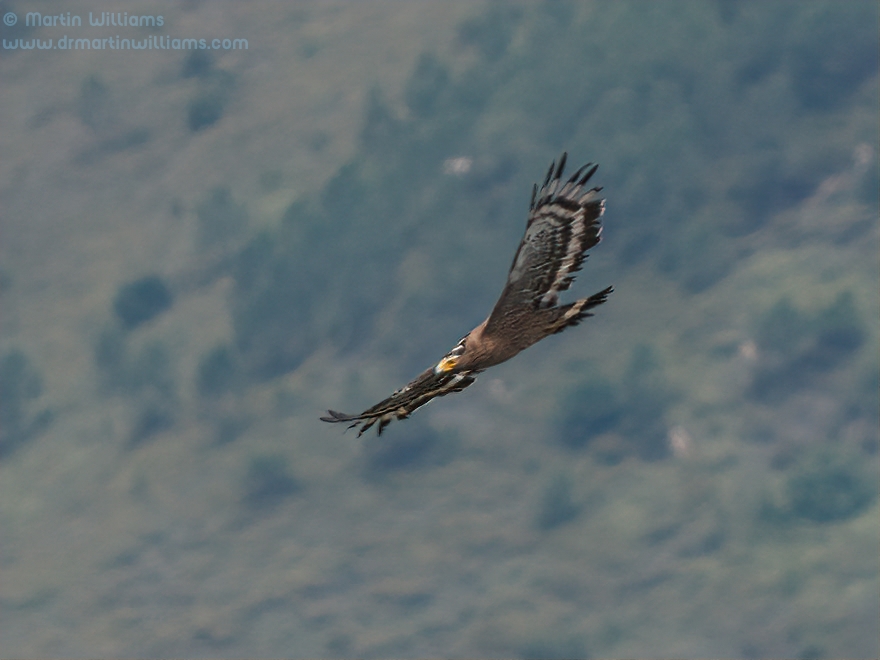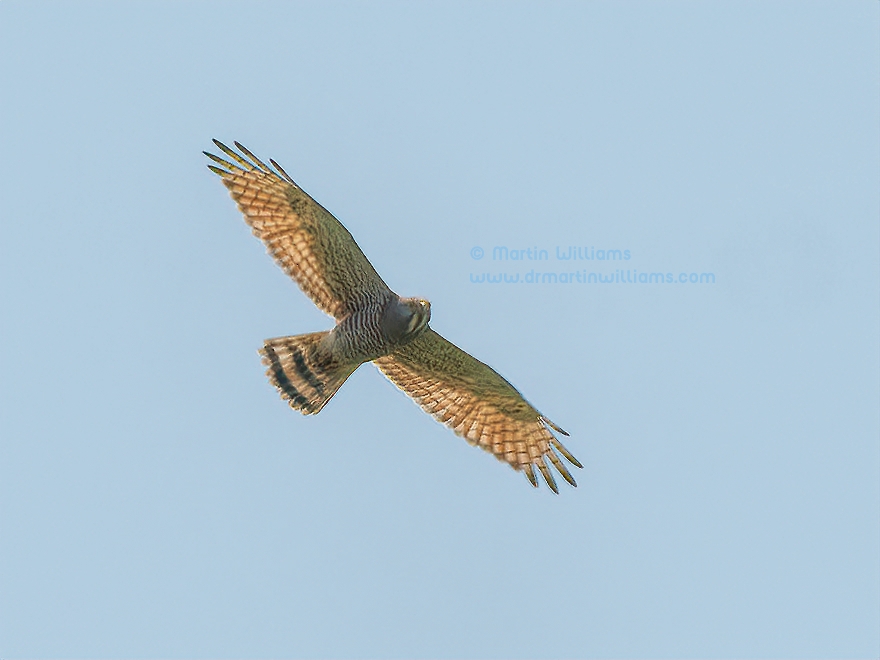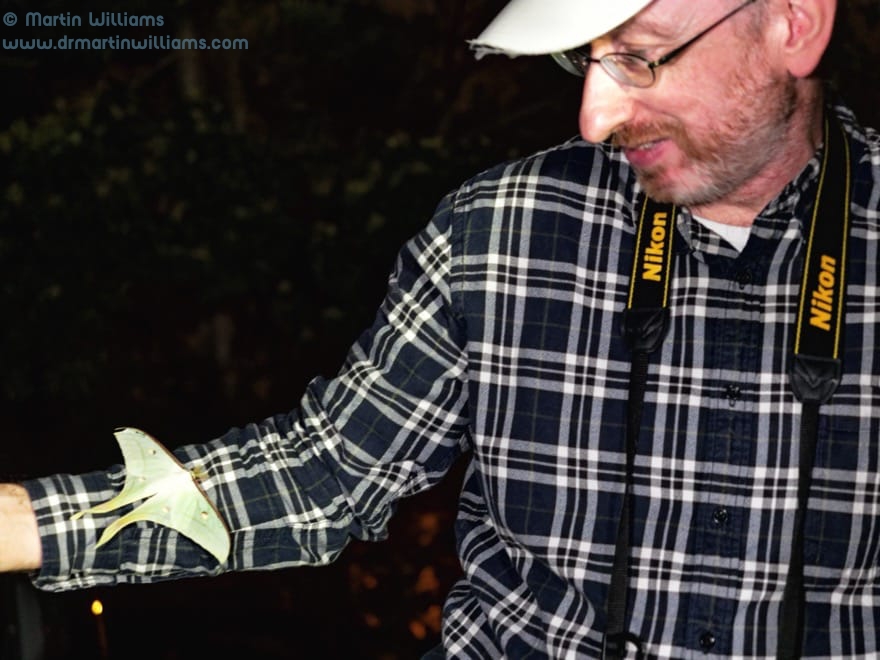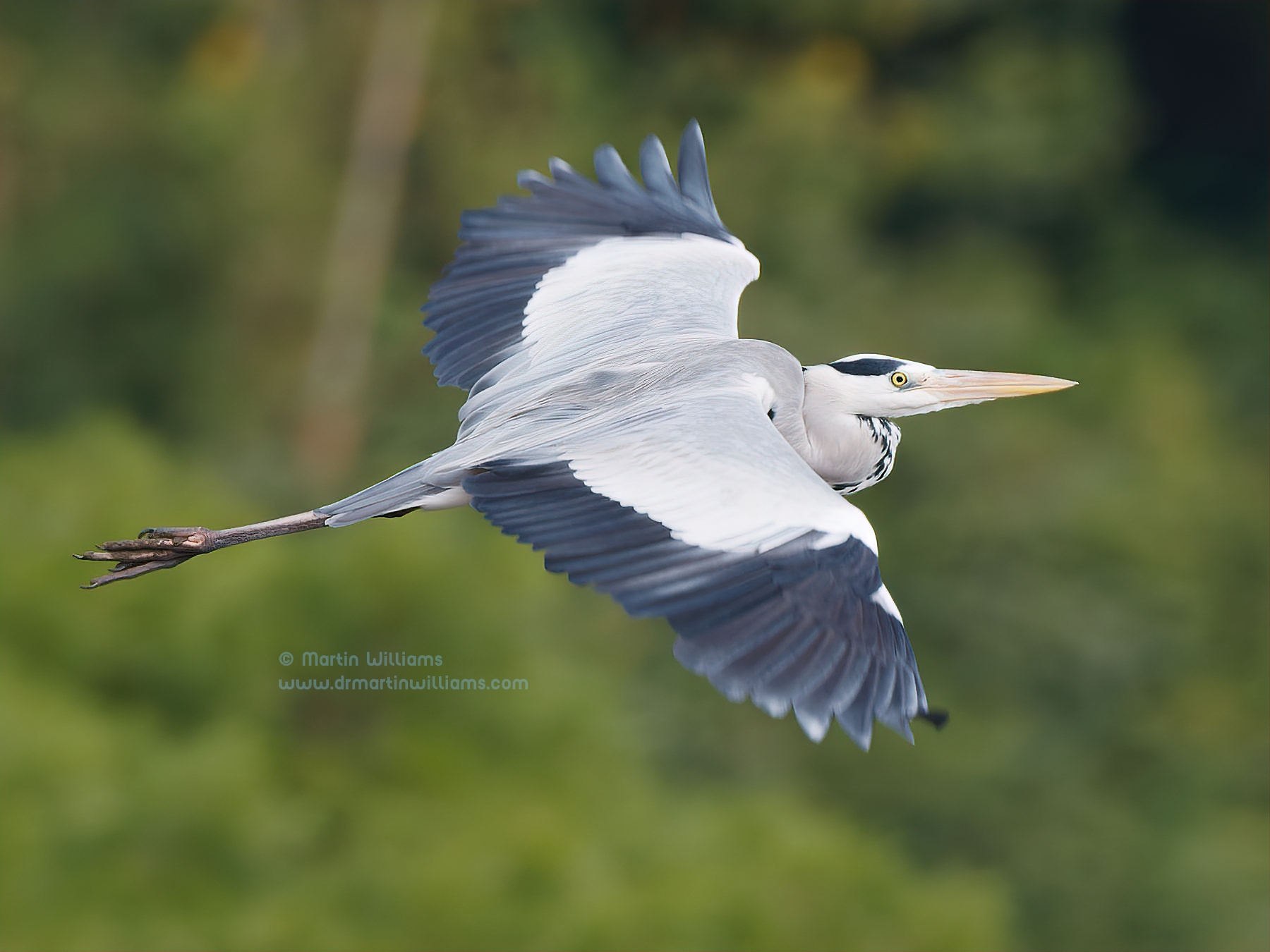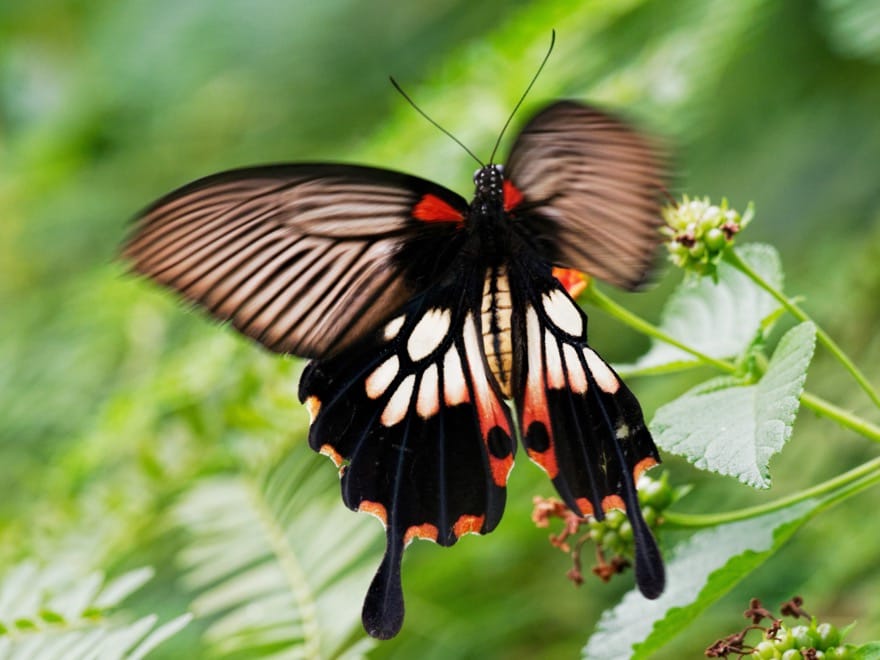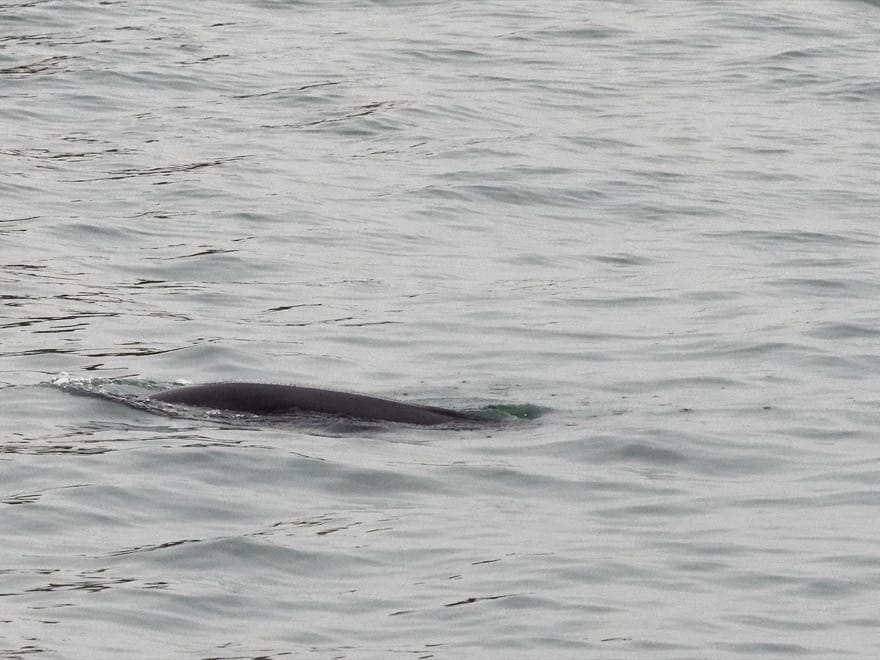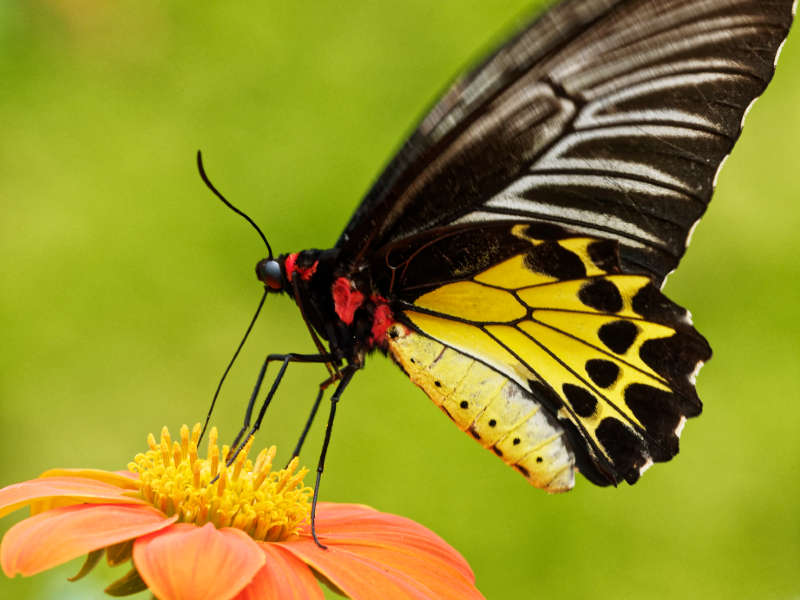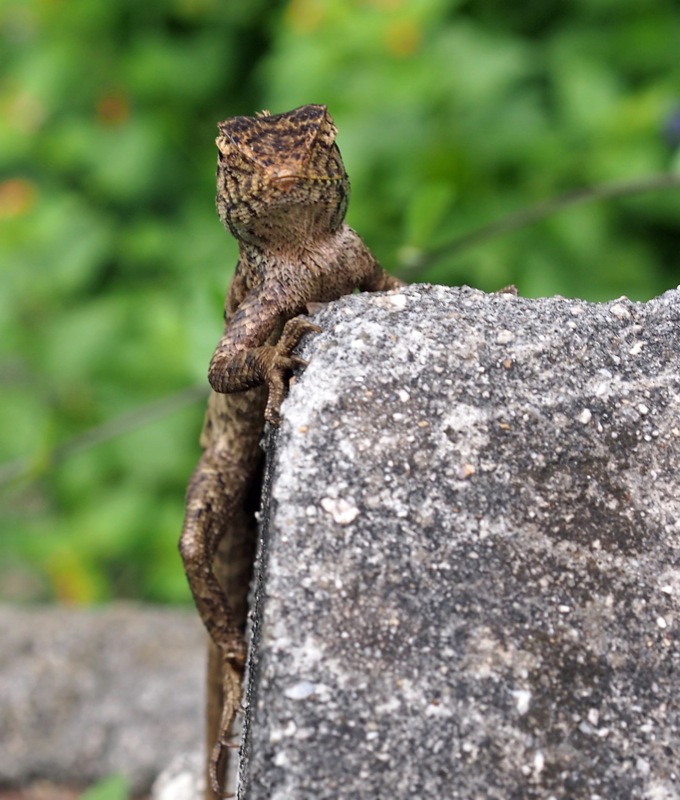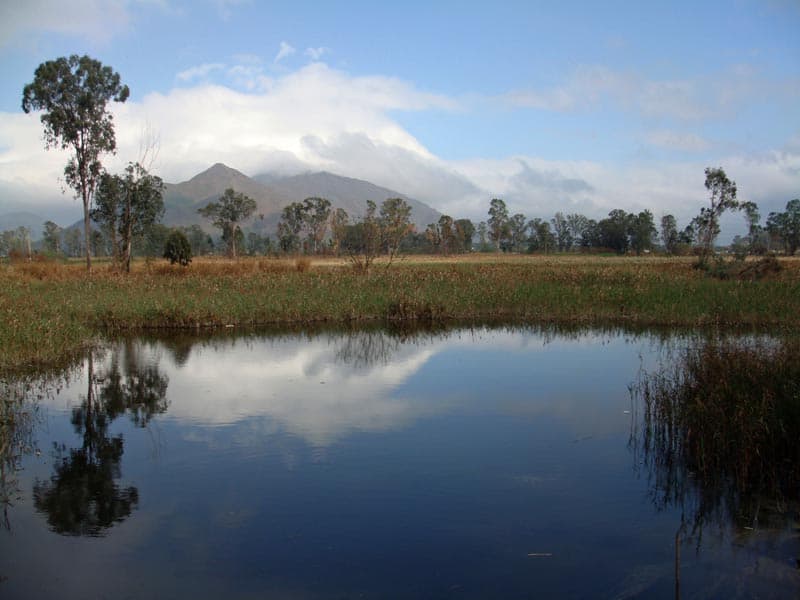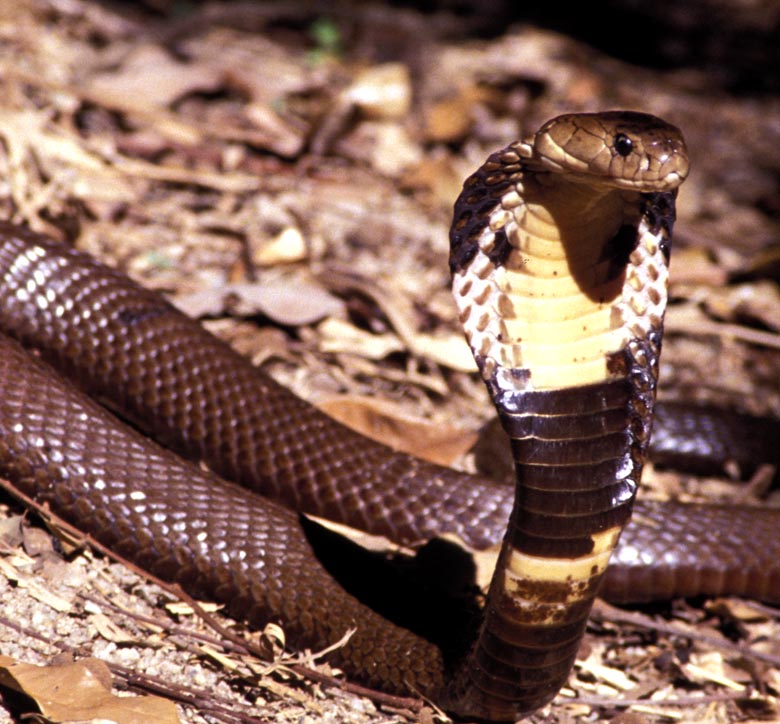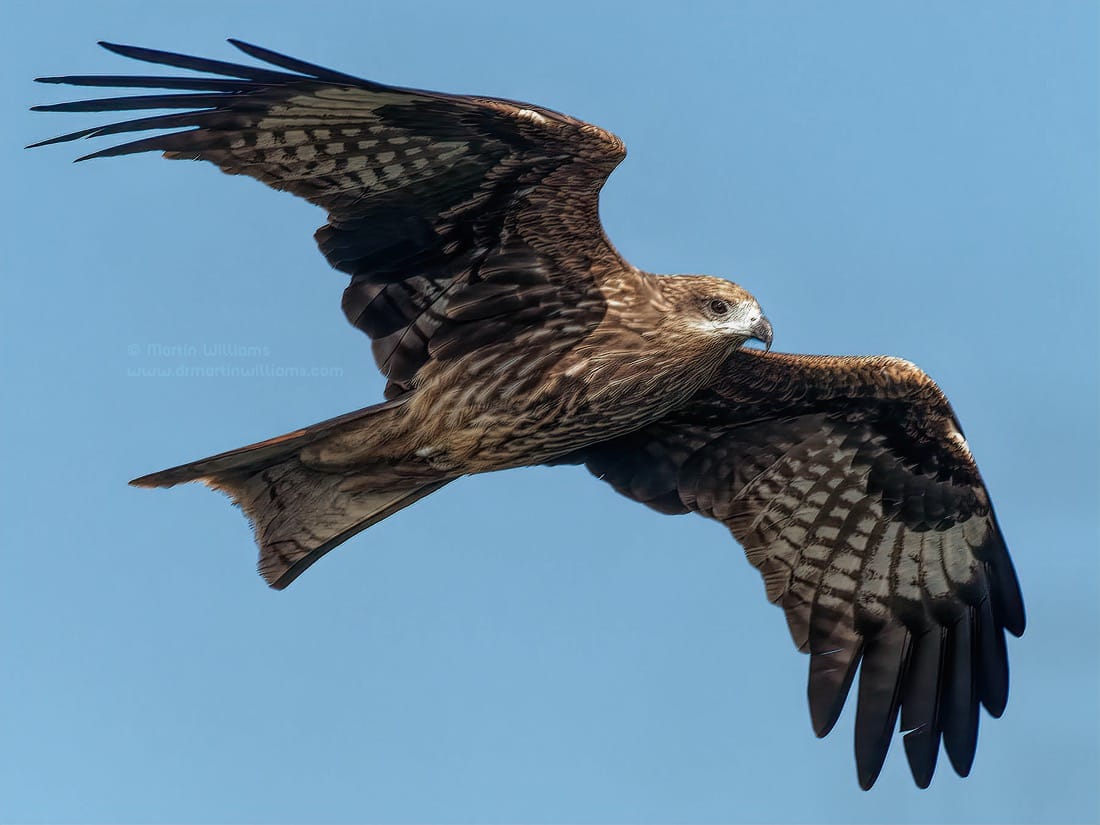Like canaries in a coal mine, endangered species are signs of danger facing planet earth, our life support system
Perhaps for many people, learning of endangered species involves wildlife that lives “out there” somewhere – like giant pandas in bamboo forests, polar bears in the Arctic, miniature monkeys in Brazil. Yet if you are a birdwatcher, like me, the endangered list can be far more personal, with species found close to home, many of which seem like old friends.
The list of these threatened birds keeps growing as populations shrink, sometimes at startling speed. In a report titled State of the World’s Birds, Birdlife International noted that 13% of around 11,000 bird species alive today – or roughly one in eight – are globally threatened with extinction.
For Hong Kong, the proportion is slightly lower, at around 10 percent of the 522 bird species recorded here. But this is no reason for feeling upbeat, as Hong Kong was deforested centuries ago, wiping out forest specialists, and leaving breeding birds that are mostly adapted to living in areas fashioned by humans.
As the report notes, it’s humans who are now driving the sixth mass extinction event in our planet’s 4.5 billion year history. We’re doing so especially by wrecking habitats and rampant exploitation, and while these have mainly affected the kinds of birds that were restricted to remote islands or mountaintops, nowadays even familiar species are becoming endangered.
Yellow-breasted Bunting – the “Rice Bird”
These include the yellow-breasted bunting, a songbird that was so abundant in China – including Hong Kong – that it was known as the “rice bird”. I first saw yellow-breasted buntings in the mid-1980s at Beidaihe, a migration hotspot on the east China coast. An ornithologist who studied migration there early last century wrote that during September these buntings “swarm in the crops”, and while numbers were lower by the 1980s, they were still common. To me, they were always a welcome sight – especially the breeding plumage males, which are like sparrows but bright yellow below with black hoods, brown chest collars and white wing patches.
In Hong Kong, too, yellow-breasted buntings were abundant in autumn, with a peak count of 3000 near Yuen Long in 1950. But numbers here and elsewhere began falling, so in 2004 it was added to the endangered species list, in the category “Near Threatened”. Four years later, Birdlife International assessors for the IUCN Red List of Threatened Species ranked it “Vulnerable” to extinction, before in 2013 the bunting was shifted another category nearer extinction, rated “Endangered”. Then, last year, yellow-breasted bunting gained the dubious distinction of being rated “Critically Endangered”, joining 221 species that are now so rare and threatened, several have not been seen for decades. The rating was supported by a study that found the population collapsed by up to 95 percent from 1980 to 2013.
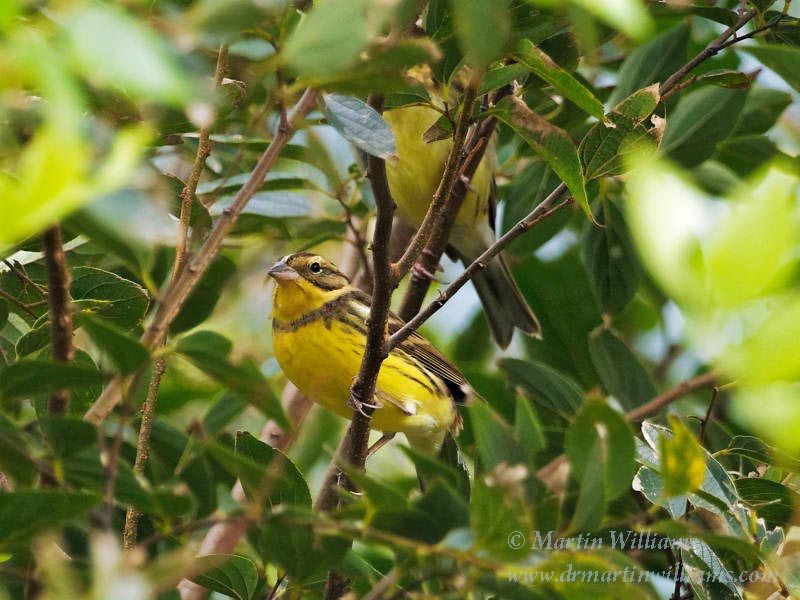
This is an astonishing decline, for a bird that once bred across much of Eurasia – from Finland east to Japan, and migrated to China in autumn, then mainly spent winter in southeast Asia. The chief reason is that “rice birds” are a popular delicacy in south China, especially because of fanciful notions they boost sexual vitality. While trapping was outlawed in 1997, it continues, supplying a thriving black market.
Nowadays, perhaps a few tens of these buntings each year can find sanctuary in Hong Kong, resting and feeding at places like Long Valley in the north New Territories. This is way too few to ease fears that yellow-breasted bunting might become “the next passenger pigeon” – in a grim rerun of that north American bird’s story of being formerly abundant, yet hunted to extinction.
Spoon-billed Sandpiper Among Threatened Waterbirds
The global population of another Hong Kong bird, spoon-billed sandpiper, has also plummeted in recent years. But while renowned among birdwatchers for being the only shorebird with a flattened tip to its bill, this sparrow-sized sandpiper is far from familiar to many people. Away from its tundra breeding grounds in northeast Asia, it frequents tidal flats on migration and in winter – and is something of a Goldilocks bird, preferring areas that are not too muddy or too sandy, but with silt that’s just right for bulldozing through to expose shrimps and other prey.
Unfortunately for the sandpiper, these tidal flats often seem just right for reclamation by humans, to create new land for farming and building new towns and cities. While piecemeal reclamations have long changed coastlines, the Birdlife report singles out the Yellow Sea between China and Korea, where two-thirds of the intertidal habitat has been reclaimed since the 1950s. This includes key migration sites for the sandpiper, and with these gone its numbers tumbled, from around a thousand pairs at the turn of the century, to little over a tenth as many today. Though spoon-billed sandpiper was always scarce in Hong Kong, with a record count of just five at the Deep Bay wetland (too muddy, it seems), it is nowadays hard to find even one here.
Other shorebirds are also suffering, with even common species joining the Red List. Great Knot – a chunky sandpiper that breeds in the far northeast of Asia and mainly spends winter in Australia – maybe numbered close to 300,000 in 2007, yet has become Endangered because of an abrupt 80 percent decline in the past couple of decades. Together with spoon-billed sandpiper, it’s among 15 Hong Kong shorebirds that are threatened with extinction – all of which occur at Deep Bay including Mai Po Marshes, making this wetland an ever more vital link along migratory flyways between Australia and eastern Siberia.
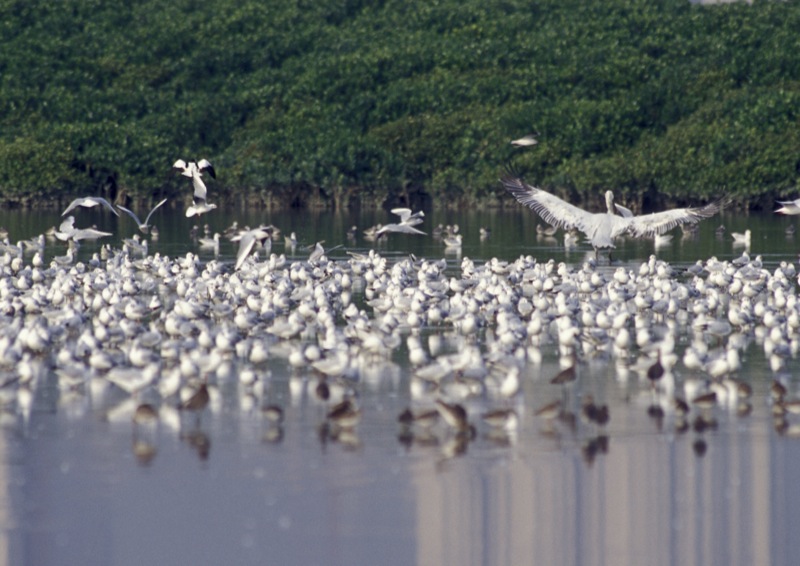
Hong Kong’s largest birds – like bulky Dalmatian pelicans with a wingspan of around three metres, and Oriental storks that are up to 1.5 metres tall – are also among our threatened waterbirds. So too are 16cm long, insect-eating Styan’s grasshopper warblers, which breed on islands in northeast Asia and in winter are almost unknown outside Mai Po. A kind of diving duck, Baer’s pochard, was not on the Red List when I first arrived in Hong Kong in 1987, yet is now Critically Endangered. The declines of these birds reflect destruction of lakes and swamps, along with intensive hunting.
As Deep Bay hosts a wealth of waterbirds, Birdlife International includes it among over 12,000 Important Bird Areas that are especially significant for protecting the world’s birds.
Declining Songbirds and Seabirds
Hong Kong has another such area in the central New Territories, covering forest and scrubland on Tai Mo Shan and nearby hillsides. Birdwatching is more challenging here, as it’s often hard to see the birds for the trees. But the rewards include some of Hong Kong’s most beautiful birds, like male Japanese Paradise-Flycatchers, which in spring are maroon above, whitish below, with black heads and tail streamers twice the length of their bodies. Sadly, these gorgeous flycatchers and a drab brown relative are becoming scarcer as the southeast Asian forests where they spend winter are being felled. So too another scarce migrant, Fairy Pitta – a relative of thrushes so lovely it is known as the “eight-coloured bird”.
There’s a fourth threatened species to be found around Tai Mo Shan, mainly on the highest slopes. This is the rather mysterious Chinese grassbird, which local birdwatchers once thought may be a kind of warbler but studies revealed to belong to a different family, and even a species that was new to science. It is indeed a grassland specialist, recorded from Bangladesh west to south China, and is nowhere abundant, especially as grasslands have been converted to farmland. With estimates of up to 490 found on grassy slopes of Tai Mo Shan and other hills, Hong Kong seems to be the grassbird’s last main stronghold.
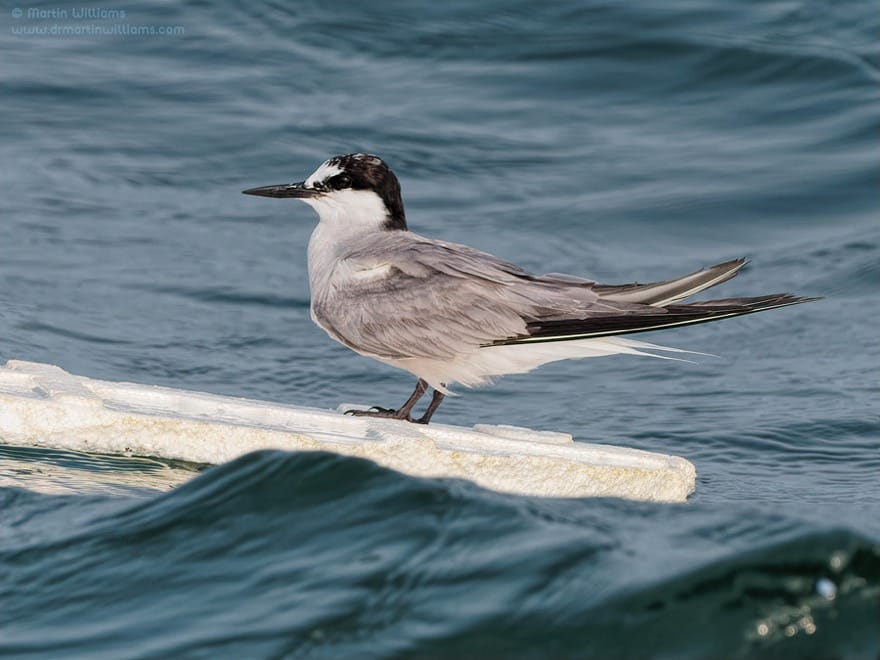
Seabirds are suffering, too. They include Aleutian tern, which is like a small gull that’s grey above, white below, with a neat black cap, and specialises in catching fish at sea. Though first discovered in 1869, for over a century it was almost unknown from its nesting colonies on islands between Alaska and the far northeast of Russia – which the terns left in early autumn, only to return the following summer. Then, in autumn 1992, keen-eyed birdwatchers in Hong Kong saw several hundred Aleutian terns in southern waters, where they had surely long occurred but were confused with similar common terns.
This was a marvellous discovery, filling in a huge blank in our knowledge of the tern, which since proved to be a regular spring and autumn visitor to Hong Kong. But pleasure in seeing these terns is nowadays tempered by also knowing that in October last year, it was added to the Red List in the Vulnerable category, following reports that numbers on the Alaskan colonies had plummeted by around 90 percent in 33 years.
No one knows exactly why Aleutian terns are in such decline, though ideas include more intensive predation of their eggs and young by introduced foxes and rats, and disturbance by humans. Probably, however, the issues are more wide ranging. Over-fishing seems a plausible culprit, with WWF noting that two-thirds of the world’s fish stocks are either fished at their limit or over fished. Compounding the problem is global warming, which is raising ocean temperatures, and perhaps causing shifting currents in the Pacific – where an unprecedented pool of warm water nicknamed “the Blob” appeared off western North America from 2013 to 2016.
Global Warming, and Canaries in the Coalmine
As you might expect, global warming is already having profound effects on birds. According to Birdlife International, “Rising temperatures are driving species’ distributions towards the poles and towards higher ground. Migratory and breeding cycles are changing, leading to disrupted relationships with prey, predators and competitors. In many cases, these effects have driven population declines.” Here in Hong Kong, these effects evidently include some formerly regular winter birds that are tending to spend the season further north than a decade or two ago. Small flocks of Dalmatian pelicans used to frequent Deep Bay from December to March each winter, but the last sighting was a lone individual in 2009, and birds in China’s small wintering population – numbering only around 50 – now fly no further south than Fujian province.
In tandem with global warming, we humans are using far more than our fair share of the earth’s resources. State of the World’s Birds mentions our outsize ecological footprint, which means that, “effectively, the planet’s ecological services are being used 1.7 times faster than they can be renewed.”
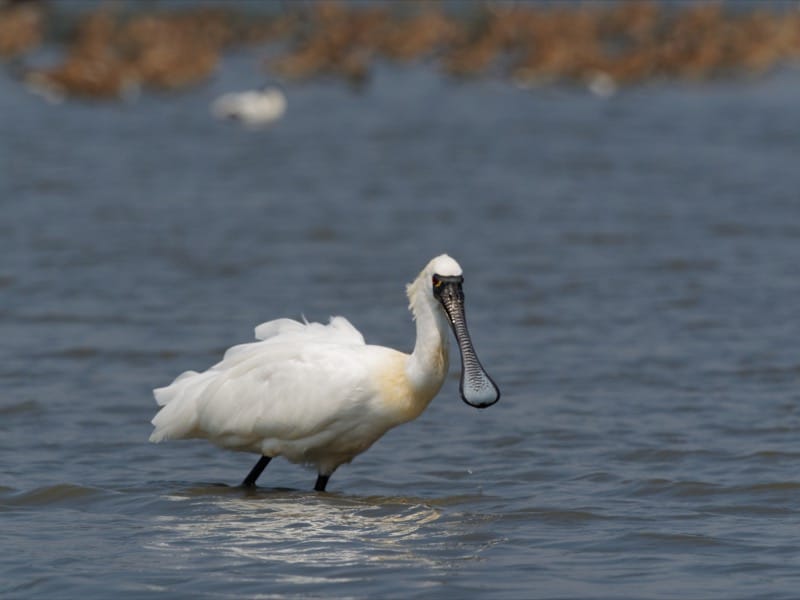
At this stage in an article on endangered species, it’s customary to add some rays of sunshine, show there is hope. The Birdlife report is certainly laudable in this regarding, pointing out that, “At least twenty-five bird species have been brought back from the brink of extinction so far this century.” These include Hong Kong’s star bird, the black-faced spoonbill – a white, heron-like bird with a rounded tip to its flattened bill. It’s an annual visitor to Deep Bay, and seemed of little interest until 1988, when Hong Kong based birdwatcher Peter Kennerley investigated all known sightings, and found the entire world population was only around 288. Suddenly, the spoonbill was ranked Critically Endangered.
This prompted efforts to protect the coastal wetlands where black-faced spoonbills spend winter. There were intensive surveys, too, and the spoonbill gained a measure of fame, including here in Hong Kong. Its population rose, passing 2000, and in 2010 its classification was changed to Endangered, reflecting a short flight back from the brink of extinction.
But it’s not enough to just respond once species become Critically Endangered, or conservationists will be caught up in a sort of perpetual game of whack-a-mole, always trying to play catch up while falling further and further behind overall. Halting and reversing declines will require something far grander. At its core, the State of the World’s Birds report says, “To achieve a genuinely ‘green economy’ we need a new economic goal, one that seeks to meet the needs of all within the means of the planet.”
It only takes a quick look around – whether in Hong Kong or elsewhere – to see this new economic goal seems worthy but far-fetched. We’re doomed … because we’re so dependent on the burning of fossil fuels,” Mayer Hillman, senior fellow emeritus of the Policy Studies Institute, told The Guardian, questioning whether we can move to zero emissions, and reduce our population, without a collapse of civilisation.
In the past, coal miners took caged canaries – small songbirds – down to the coalface with them. If there were build ups of invisible toxic gases, the canaries would die first, showing there was danger, so the miners could escape. Now, we have a multitude of endangered birds as a clear sign of danger – not in a mine, but affecting the earth, our life support system. There’s nowhere to escape to.
With such a gloomy prognosis, what to do? Importantly, remember we still share the planet with a wealth of biodiversity, including birds, which can be the source of immense pleasure and wonder. On one level, birds are great to watch because they’re so varied, with some appearing exotic, brilliantly colourful. But also as you look at birds – whether black kites soaring over the harbour, or bulbuls and robins in city parks, remember they are all descendants of dinosaurs. And even tiny songbirds can navigate and travel long journeys between the Artic and the tropics, partly as they are equipped with a newly discovered eye protein that helps them see the earth’s magnetic fields.
If you too take up birdwatching, perhaps you can also spread word of the wonders of birds and other wildlife. Just maybe, if ranks of birdwatchers swell, we can somehow help build impetus towards a transition to a green economy. Otherwise, simply enjoy the birds we have, while being prepared to occasionally mourn a species’ passing.
[Written for the South China Morning Post]

